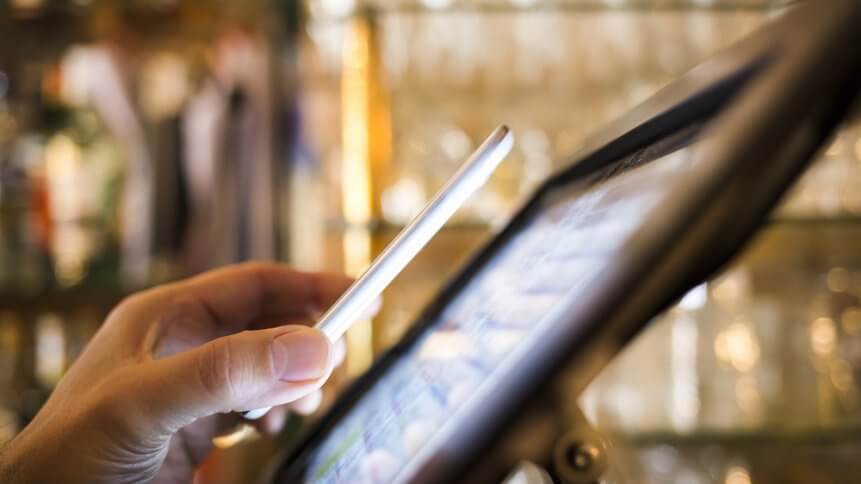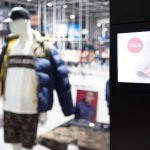Connected retailers get closer to customers

Fabio Persico, Head of MuleSoft Practice, Astound Commerce, observes that the major challenge for retailers is consumers don’t care where, when or how they shop. They just want to be recognized and make a purchase with the minimum amount of fuss.
The retailer that can do this with the least friction and at the best price point will win their business.
In order to achieve this, retailers need to collect the disparate buying signals, the scattered length of the customer’s buying journey, and weave them together to construct a truly personalized experience. The greater the granularity of this consumer data the higher the quality of the experience. These data points can include purchase history, average order value, demographics, browsing history and social media data.
On paper this may sound relatively easy, but in real life it can be anything but. This is due to the siloed nature of many retailers’ legacy systems, where shoppers’ purchasing and behavioral data is held prisoner across multiple databases, departments and applications with no simple way of creating a single view of customer or mirroring their channel-agnostic journey. Different systems must not only communicate seamlessly, they must also be aware of business rules associated with each application and service.
There is a solution that can overcome these barriers, however, cutting through this spaghetti-like IT architecture, allowing retailers to get closer to their customers without having to perform open heart surgery on their systems. More and more tech-savvy retailers are waking up to the benefits of API platforms, for example, that can automatically interrogate disparate apps and databases in real time, pulling together all the data needed to craft personalized experiences for their customers.
Clienteling – a new name for an old skill
Clienteling is the art of recognizing a customer and knowing their individual needs on a personal level. The benefits for the retailer include higher conversion rates, a higher rate of repeat business, increased customer advocacy and great opportunities to upsell and cross sell highly relevant products and services. In practice, clienteling involves equipping a customer-facing sales person with an internet-enabled device so they can access data from the following sources to create actionable insights:
Customer relationship management (CRM) systems
This gives the sales person a real-time view of the customer’s profile, including purchase history, average order value, online browsing habits, likes and dislikes, wish lists and their loyalty status. Based on this granular information sales staff can make highly-personalized recommendations, nurturing their customer to achieve a sale.
YOU MIGHT LIKE

Why ‘clienteling’ is now essential in retail
Inventory management system
Once the store associate is in a position to share personalized recommendations, a real-time view of the inventory will show them if the item is in stock on the premises, or if it is available at another store or distribution hub. The customer will then have options of how and when they can complete their purchase – for example buy in-store, take away or order and have it delivered.
Mobile EPoS
The final stage of clienteling is taking payment quickly and conveniently using mobile EPoS, enabling the customer to avoid queues at checkout.
To witness slick clienteling in action you need only visit an Apple store. While Apple has a dominant online presence, a trip to its physical stores is still something to look forward to thanks to the tech giant’s mastery of the three stages outlined above.
The case for beacons
Personalization relies on individuals being recognized in real time and tailored content being sent to them. This is exactly what beacon technology achieves. Push notifications or text messages can be sent to customers phones as they walk through specific areas of a store. They can also be sent as a customer arrives or leaves a premises, or if they simply walk past without entering.
Several big name brands have already found success with beacon deployments. US department store Lord & Taylor has seen a 60 percent engagement rate with customers as a result of the beacon technology it installed in one of its Boston locations.
Beacon technology also provides data-rich back office consumer Intelligence, such as how long customers stopped at personalized beacon-enabled displays, the relationship between beacon-enabled sales offers and actual sales, and similar information that can be analysed to adjust offers as well as staffing and placement of sales associates. These insights enable retailers to drive better revenue and profits from bricks and mortar locations.








